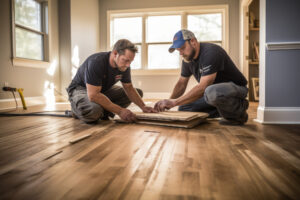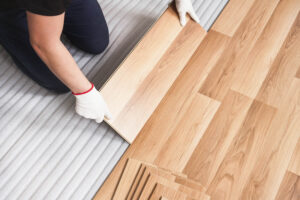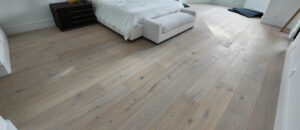The Importance of Acclimation Before Hardwood Floor Installation in Boynton Beach
What is Acclimation?
Acclimation is the process of allowing wood flooring to adjust to its new environment before installation. Wood, being a hygroscopic material, naturally responds to the moisture in its surroundings by either absorbing or releasing moisture. This process helps balance the wood’s moisture content with the ambient conditions of its installation space.
Why is Acclimation Important on your hardwood floor installation?
The primary reason for acclimation is to prevent the wood from undergoing drastic changes once installed. If hardwood is installed without proper acclimation, it can absorb or lose moisture unevenly, leading to warping, cupping, or gapping as it expands or contracts. Acclimating the wood helps stabilize it, ensuring it performs well in its new environment.
Consequences of Skipping Acclimation
Skipping the acclimation process can lead to significant flooring issues. Warped or cupped boards are not only unsightly but can create tripping hazards. Gaps between boards can accumulate dirt and detract from the floor’s appearance. In severe cases, the entire flooring might need replacement, leading to additional costs and inconvenience.
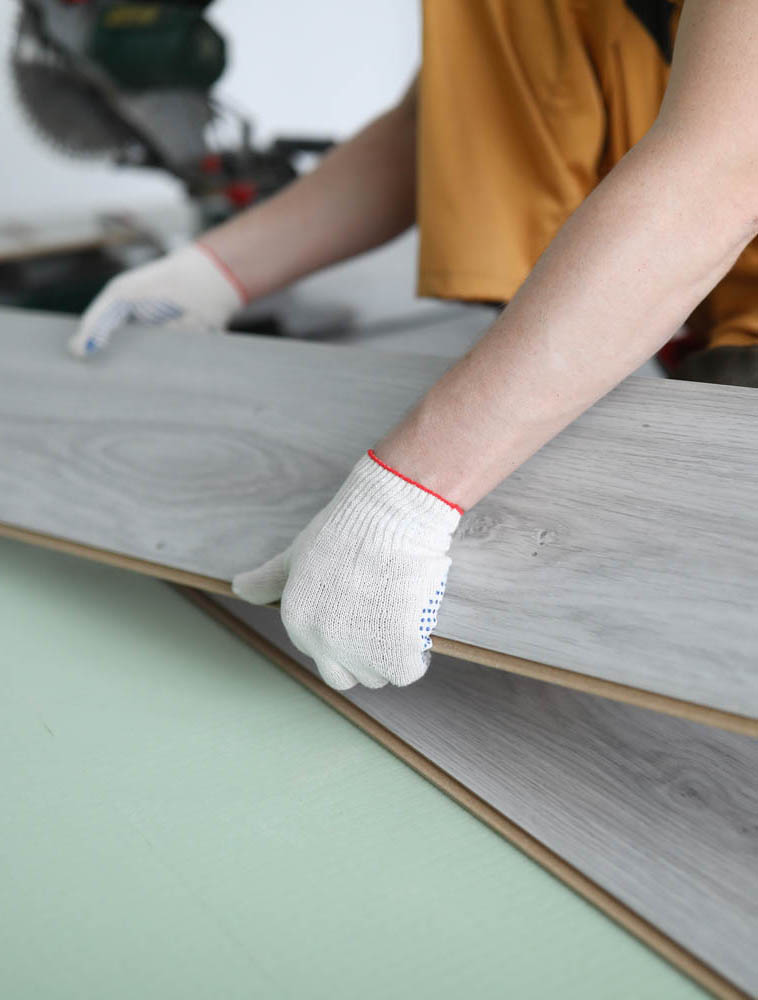
Factors that may be affecting your hardwood floor installation
The acclimation process of hardwood flooring is influenced by several key factors. Understanding these can help ensure that the wood adjusts properly to its environment before installation:
- Climate and Season: The local climate plays a significant role in the acclimation process. In areas with high humidity levels, like Florida, wood tends to absorb more moisture, potentially leading to expansion. Conversely, in dry climates, wood can lose moisture, leading to shrinkage. The time of year also affects acclimation. For instance, wood installed in the humid summer months may react differently than in the dry winter months.
- Type of Wood: Different wood species have unique densities and porosity, which influence how they respond to moisture. For example, dense hardwoods like oak may take longer to acclimate than softer woods like pine. Additionally, exotic woods often have different moisture dynamics compared to domestic species and may require a longer or more specialized acclimation period.
- Storage Conditions: The conditions under which the hardwood is stored prior to installation are critical. The wood should be stored in a controlled environment that closely resembles the installation area’s conditions. It should be laid flat and kept off direct ground to ensure even exposure to air and humidity. Avoid storing wood in garages or basements where temperature and humidity levels can fluctuate widely.
- Initial Moisture Content: The wood’s moisture content at the time of delivery can affect the acclimation time. Wood that is too dry or too moist may require additional time to adjust to the optimal moisture level. A moisture meter can be used to check the wood’s moisture content upon arrival and during the acclimation process.
- Air Circulation: Good air circulation around the wood is essential during acclimation. It ensures uniform exposure to the room’s conditions. Avoid stacking the planks too tightly and ensure there’s space between stacks to allow air to flow freely.
- Flooring History: The history of the flooring, including where and how it was manufactured, can impact its acclimation. For instance, wood processed in a different climate may take longer to adjust to the local environment.
- Installation Area Conditions: The conditions of the room where the flooring will be installed also matter. Factors like heating, air conditioning, and ventilation can influence the room’s humidity and temperature, affecting the acclimation process. It’s important to maintain consistent living conditions in the installation area during acclimation.
Understanding and addressing these factors can significantly enhance the effectiveness of the acclimation process, ensuring that your hardwood floors are well-prepared for a successful installation.
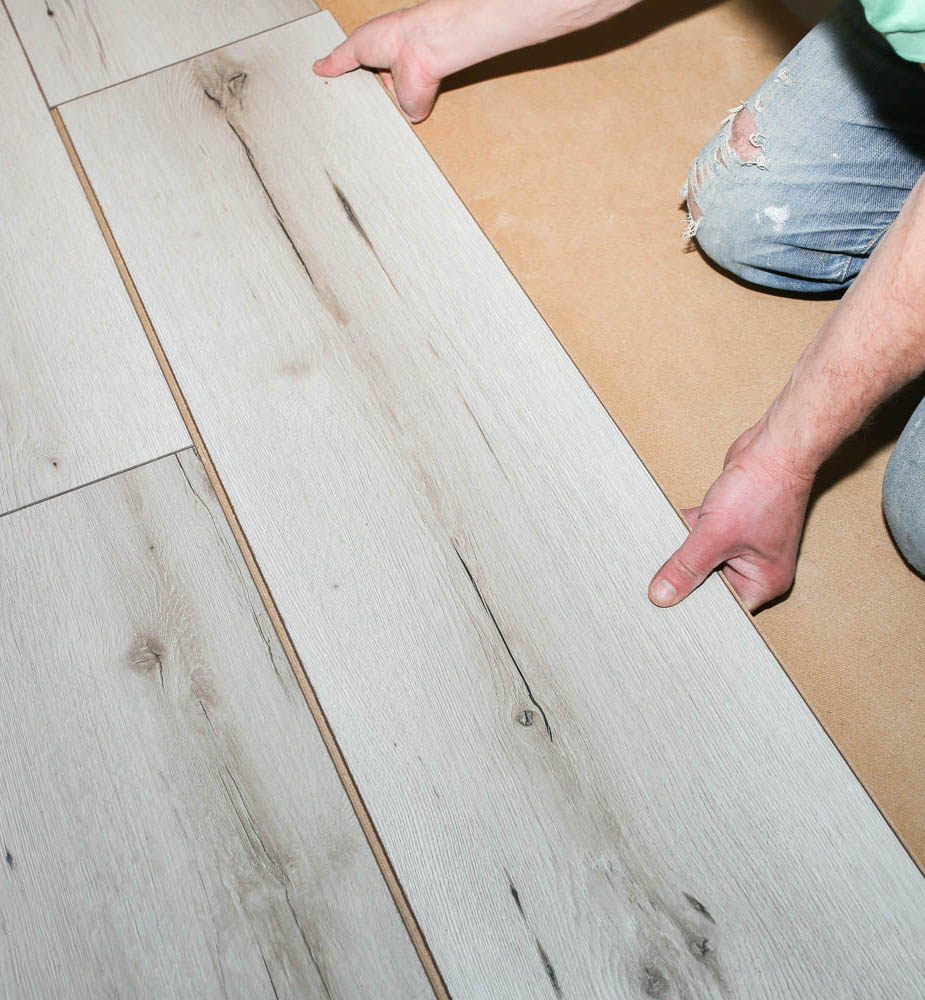
Installation Post-Acclimation
Once acclimated, the hardwood should be professionally installed. Proper installation techniques are crucial to accommodate natural wood movements and to ensure a long-lasting, beautiful floor.
Maintenance and Care
Post-installation, maintain a stable environment to preserve the quality of your hardwood floors. Regular cleaning and avoiding exposure to excessive moisture or dryness will help maintain their condition.
Understanding the intricacies of acclimating hardwood floors can be complex, but you don’t have to navigate it alone. For expert guidance and services tailored to your specific flooring needs, consider reaching out to us at Diamond Wood Floors. Whether you’re curious about the best hardwood options for your Florida home or need assistance with the acclimation and installation process, our team is here to help.
To get a free quote or to discuss your hardwood flooring project, contact us today. We’re committed to helping you achieve the perfect balance of beauty and functionality in your home with professionally installed, high-quality hardwood floors.

